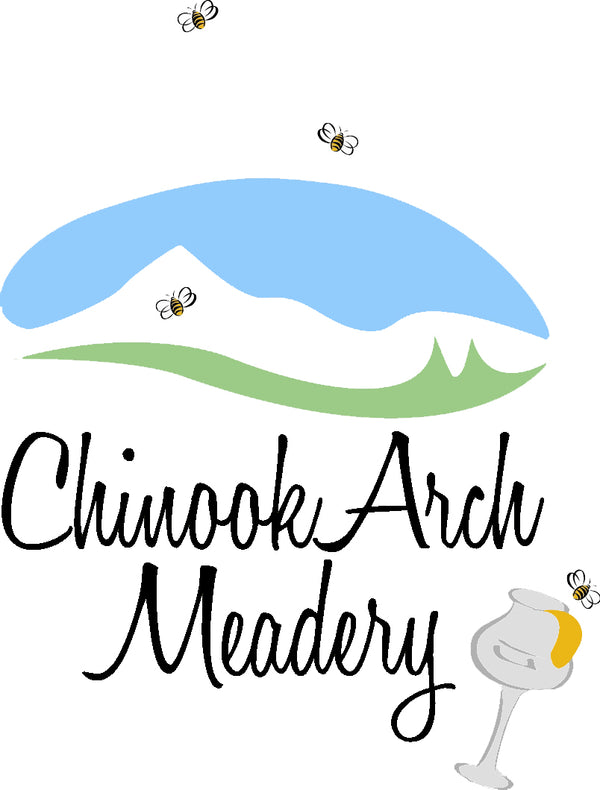Our winter arrived in late October and hasn't relinquished it's grip yet. With below average temperatures our bees will be clustered tightly in their hives, waiting for warmer weather!
Christmas at the Hive 2022 is coming soon! Saturday Dec 3rd and 10th please join us for family fun and fundraising for the Foothills Country Hospice.
In today's world of mass immigration's, it's interesting to know that honey bees are not native to North America just as most of us are not. Historically, records show that the first beehives were brought to the Jamestown settlement in Virginia in 1622. Recording the introduction of various sub species of honey bees to our continent has continued ever since but now genome research led by York University in Toronto, has added more detail.
By sequencing multiple genomes from our common honeybee (apis mellifera) they were able to find similar genes in species from Europe (as expected) as well as Africa but then traced them further to western Asia. What they also found were at least 27 different subspecies which have adapted (either naturally or by managed breeding) to a wide variety of climates. In Canada there are only a few of these, most commonly Italian (apis mellifera ligustica) or Carniolan (apis mellfera carnica- as in photo) which, so far, are best suited to our climate. Research continues to breed more robust subspecies worldwide. Amazingly, honeybees can be found on every continent except Antarctica. Whether it be the Saharan desert, Central American tropics or Canadian arctic, honey bees have an amazing ability to adapt!

